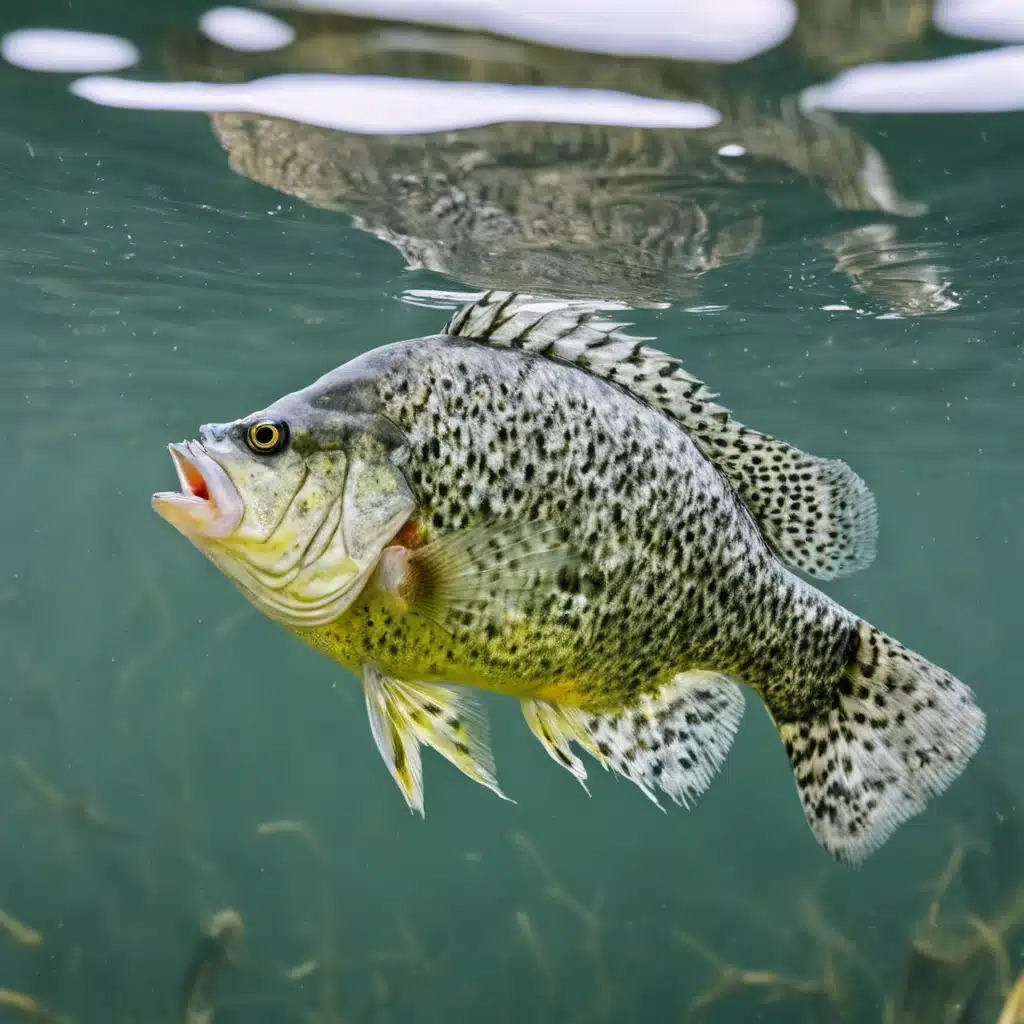Crappie Fishing Lures
Crappie: Popular for their taste, Crappies are targeted with small jigs or minnows. They school up, especially in colder months, around submerged structures.
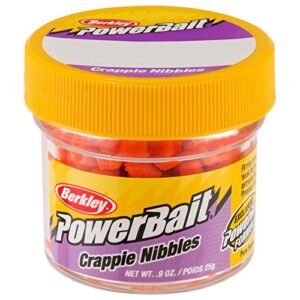
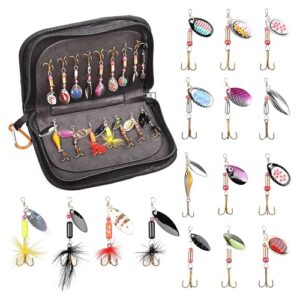

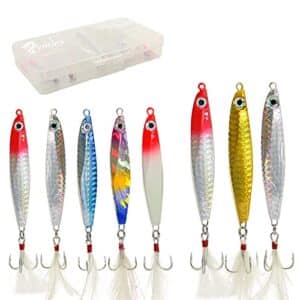

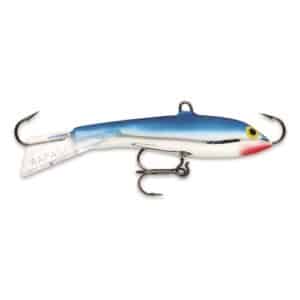
Unleashing the Power: A Review of Rapala Jigging Rap Lure
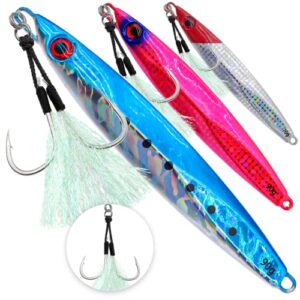
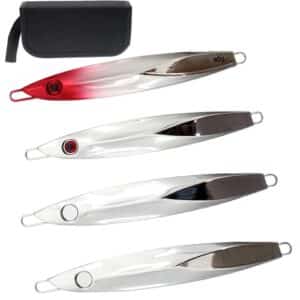
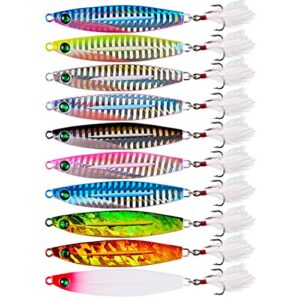
Top 10 Hard Metal Diving Sea Fishing Lures Review
Common Lures for Crappie fish
Crappie, a popular panfish among anglers, can be caught using a variety of lures that mimic their natural prey. Here are common lures used for Crappie fishing:
Jigs: Small jigs are perhaps the most popular and versatile lure for Crappie. They can be tipped with live bait or used alone. Jig heads with feather or plastic bodies in various colors are effective, especially when presented with subtle movements.
Soft Plastics: Soft plastic lures, such as tube baits, swimbaits, or curly tail grubs, rigged on small jig heads, work well for Crappie. The key is to match the size and color of the local baitfish.
Minnow Imitations: Artificial minnows, including small crankbaits and jerkbaits that mimic the appearance and movement of small fish, can be very effective for catching Crappie, especially in clear water.
Spinnerbaits: Micro spinnerbaits and small inline spinners can attract Crappie by their flash and vibration. These are particularly useful in stained or murky water.
Marabou Jigs: These jigs have a soft, feathery appearance in the water, making them irresistible to Crappie. Marabou jigs are effective when fished slowly, mimicking the gentle movements of small aquatic insects or baitfish.
Spoons: Small, lightweight spoons that flutter as they sink can be effective for Crappie in deeper water or when they are suspended. The action and flash of a spoon can simulate a wounded baitfish.
Topwater Lures: While not as commonly used for Crappie, small topwater lures can be effective in the early morning or late evening when Crappie are feeding near the surface.
When fishing for Crappie, the presentation of the lure is key. A slow, steady retrieve or subtle jigging motion often produces the best results. It’s also important to experiment with different depths until you find where the Crappie are holding, as this can change based on the time of day and weather conditions. Light tackle and thin line can help present these lures more naturally and improve the sensitivity to detect Crappie bites.

